Download free Fundamentals of microelectronics Behzad Razavi 3rd edition solutions manual pdf Fundamentals of Microelectronics, 3 rd Edition, is a comprehensive introduction to the design and analysis of electrical circuits, enabling students to develop the practical skills and engineering intuition necessary to succeed in their future careers. Through an innovative “analysis by inspection” framework, students learn to deconstruct complex problems into familiar components and reach solutions using basic principles. A step-by-step synthesis approach to microelectronics demonstrates the role of each device in a circuit while helping students build “design-oriented” mindsets. for download solutions manual click here.
Click Below link To Download file
Fundamentals of microelectronics Behzad Razavi 3rd edition solutions manual pdf
Fundamentals of microelectronics Behzad Razavi 3rd edition solutions manual pdf
The revised third edition covers basic semiconductor physics, diode models and circuits, bipolar transistors and amplifiers, oscillators, frequency response, and more. In-depth chapters feature illustrative examples and numerous problems of varying levels of difficulty, including design problems that challenge students to select the bias and component values to satisfy particular requirements. In response to the feedback received from students and instructors, this second edition entails a number of revisions that enhance the pedagogical aspects of the book:
1. Numerous sidebars have been added throughout the text on the history and applications of electronic devices and circuits, helping the reader remain engaged and motivated and allowing the instructor to draw upon real-life examples during the lecture. The sidebars are intended to demonstrate the impact of electronics, elevate the reader’s understanding of the concepts, or provide a snapshot of the latest developments in the field.
2. A chapter on oscillators has been added. A natural descendent of feedback circuits, discrete and integrated oscillators have become in dis sensible in most devices and hence merit a detailed study.
3. The end-of-chapter problems have been rearranged to better agree with the progression of the chapter. Also, to allow the reader to quickly find the problems for each section, the corresponding section titles have been added. Moreover, the challenging problems have been ranked in terms of their difficulty level by one or two stars.
4. Since students often ask for the answers to problems so as to check the validity of their approach, the answers to even-numbered problems have been posted on the book’s website.
5. Various typographical errors have been corrected. I wish to thank all of the students and instructors who have provided valuable feedback in the past five years and helped me decide on the revisions for this edition.
With the advances in the semiconductor and communication industries
Download free Fundamentals of microelectronics Behzad Razavi 3rd edition solutions manual pdf it has become increasingly important for electrical engineers to develop a good understanding of microelectronics. This book addresses the need for a text that teaches microelectronics from a modern and intuitive perspective. Guided by my industrial, research, and academic experience, I have chosen the topics, the order, and the depth and breadth so as to efficiently impart analysis and design principles that the students will find useful as they enter the industry or graduate school. One salient feature of this book is its synthesis- or design-oriented approach. Rather than pulling a circuit out of a bag and trying to analyze it, I set the stage by stating a problem that we face in real life (e.g., how to design a cellphone charger).
I then attempt to arrive at a solution using basic principles, thus presenting both failures and successes in the process. When we do arrive at the final solution, the student has seen the exact role of each device as well as the logical thought sequence behind synthesizing the circuit.
Another essential component of this book is “analysis by inspection.” This “mentality” is created in two steps. First, the behavior of elementary building blocks is formulated using a “verbal” description of each analytical result (e.g., “looking into the emitter, we see 1/gm.”). Second, larger circuits are decomposed and “mapped” to the elementary blocks to avoid the need for writing KVLs and KCLs. This approach both imparts a great deal of intuition and simplifies the analysis of large circuits The two articles following this preface provide helpful suggestions for students and instructors. I hope these suggestions make the task of learning or teaching microelectronics more enjoyable. A set of Power point slides, a solutions manual, and many other teaching aids are available for instructors.
Click Below link To Download file








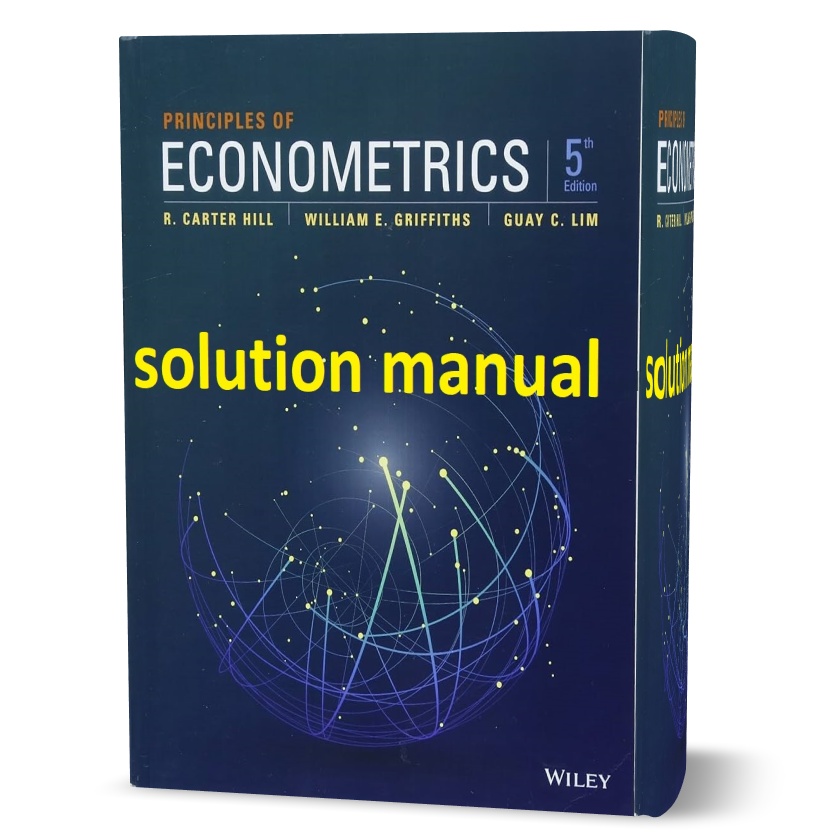


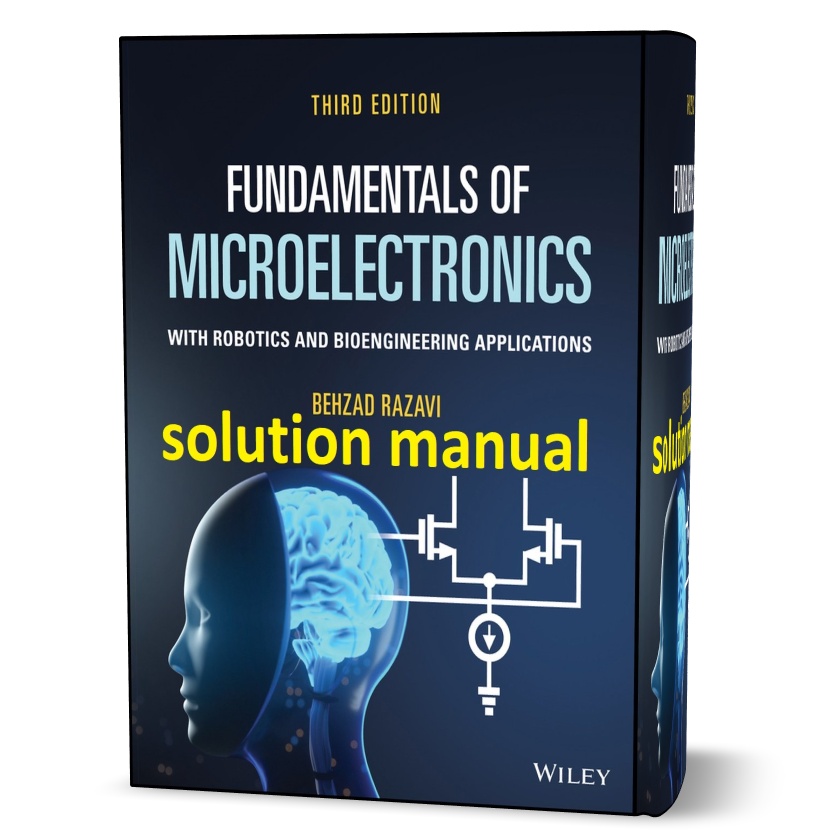



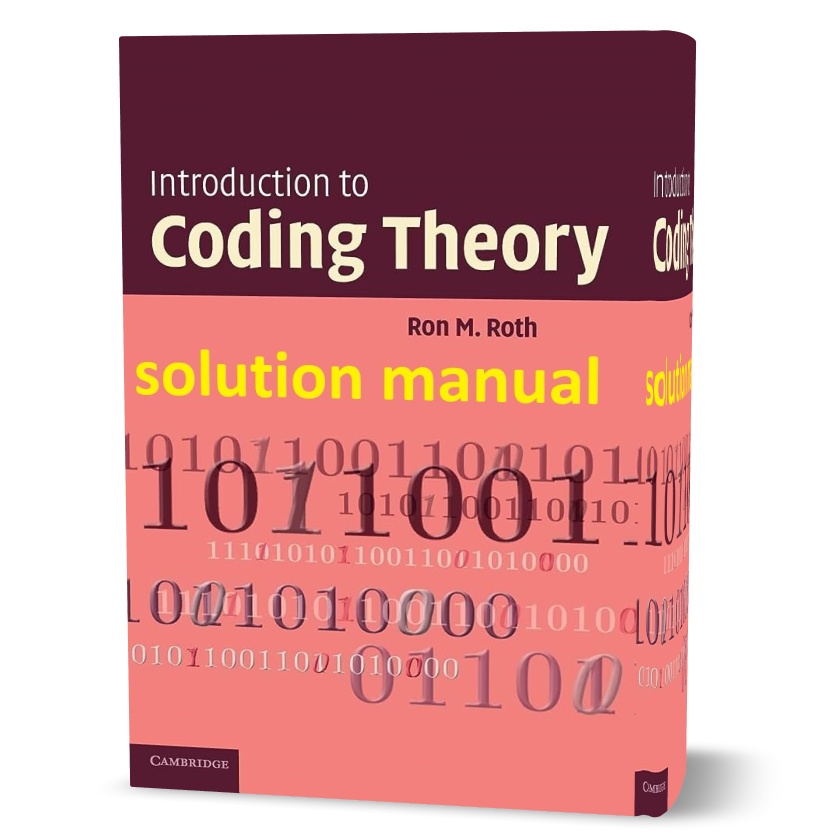

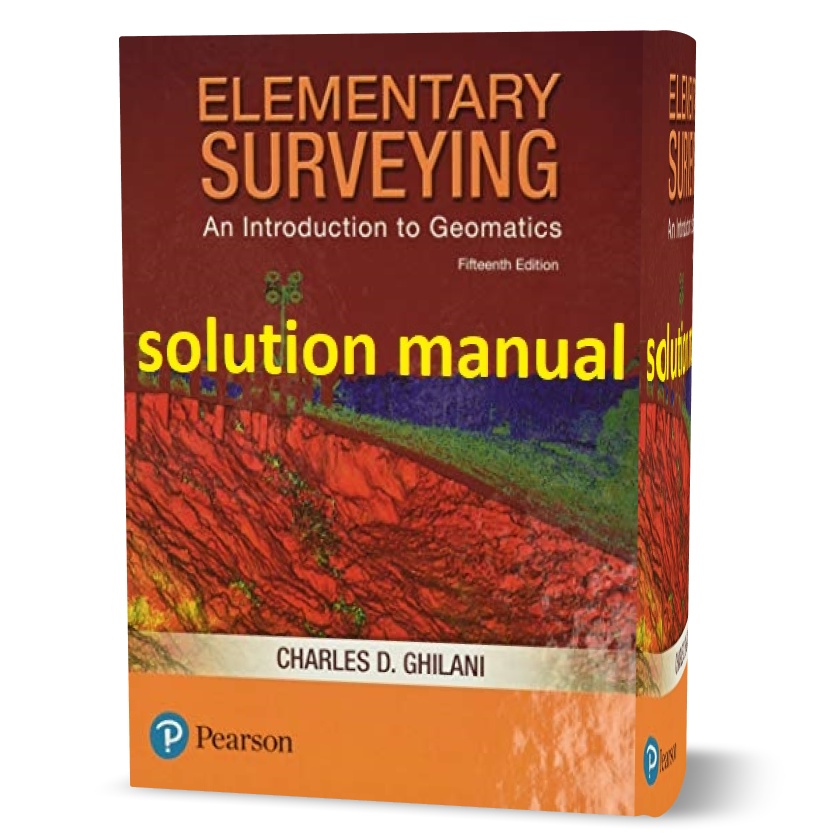


 solution manual of Structural Dynamics : Theory and Computation 6th edition by Mario Paz book in pdf format | solutions
solution manual of Structural Dynamics : Theory and Computation 6th edition by Mario Paz book in pdf format | solutions Elasticity theory applications and numerics 2nd edition written by Sadd solution manual eBook pdf | solutions
Elasticity theory applications and numerics 2nd edition written by Sadd solution manual eBook pdf | solutions solution manual of mechanics of fluids 4th edition by Irving Shames book in pdf format | solutions
solution manual of mechanics of fluids 4th edition by Irving Shames book in pdf format | solutions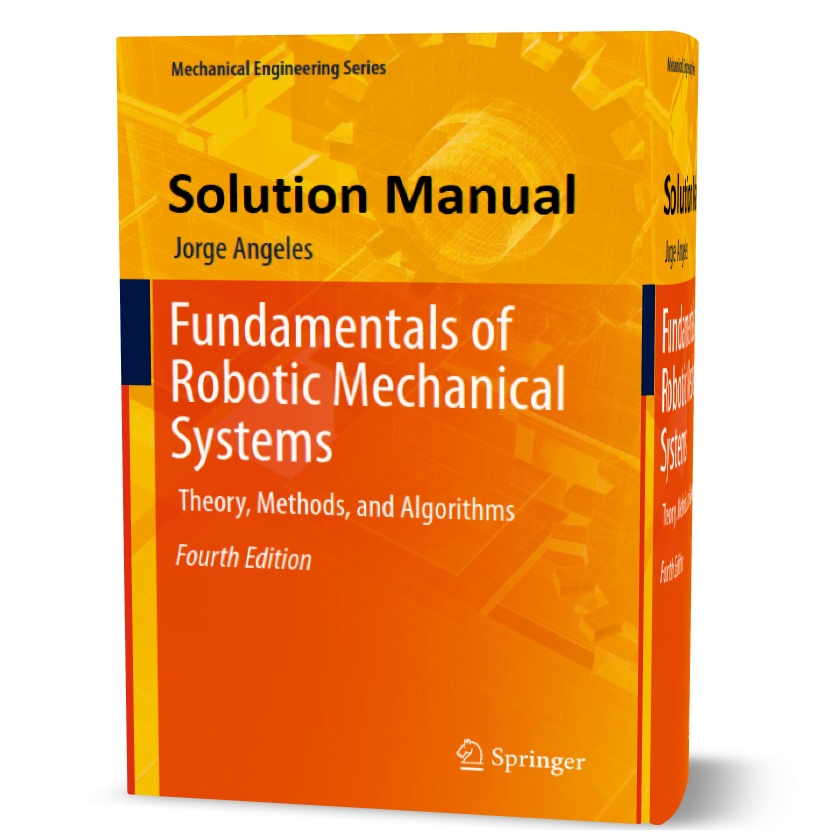 Fundamentals of Robotic Mechanical Systems : Theory , Methods , and Algorithms 4th edition Solutions manual pdf | solution
Fundamentals of Robotic Mechanical Systems : Theory , Methods , and Algorithms 4th edition Solutions manual pdf | solution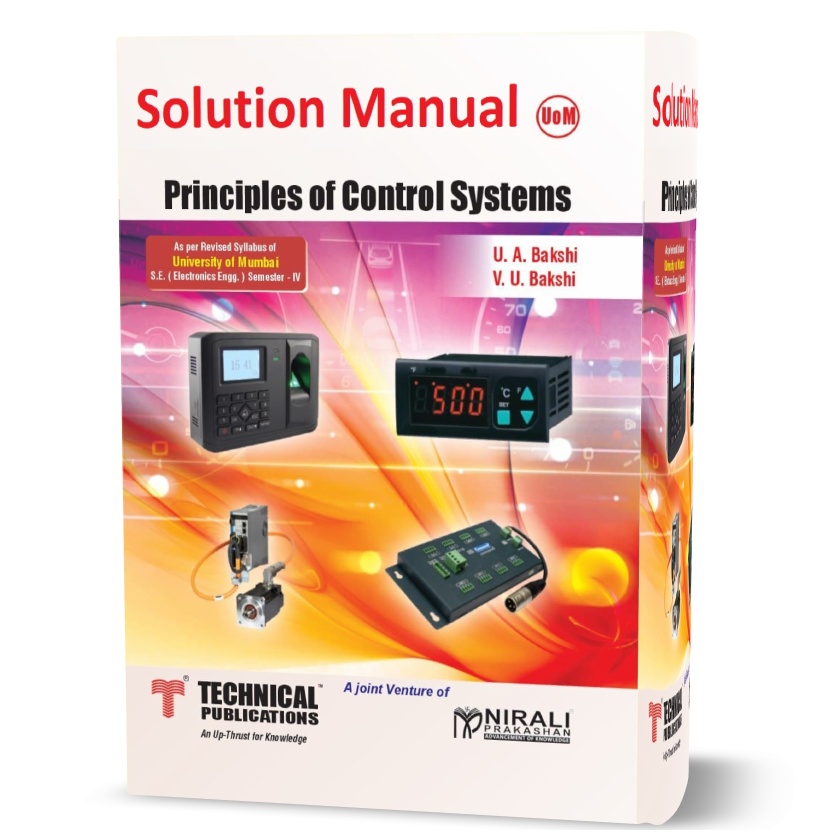 Principle of Control System solution manual written by Bakshi eBook in pdf format | free eBook reference
Principle of Control System solution manual written by Bakshi eBook in pdf format | free eBook reference principles of highway engineering and traffic analysis 4th edition solutions manual by Mannering pdf
principles of highway engineering and traffic analysis 4th edition solutions manual by Mannering pdf Fundamentals of Chemical Engineering Thermodynamics solution manual written by Kevin D. Dahm eBook pdf | solutions
Fundamentals of Chemical Engineering Thermodynamics solution manual written by Kevin D. Dahm eBook pdf | solutions engineering mechanics statics 9th edition solutions pdf
engineering mechanics statics 9th edition solutions pdf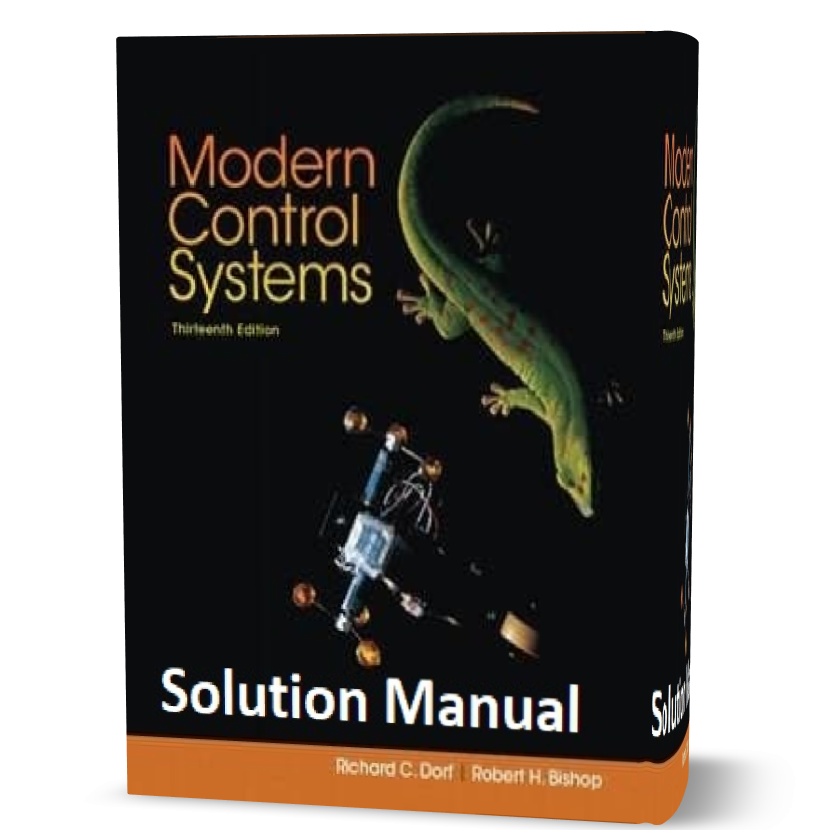 Modern Control Systems Solution Manual 13th edition written by Richard Dorf , Robert H. Bishop eBook pdf | chapter solutions
Modern Control Systems Solution Manual 13th edition written by Richard Dorf , Robert H. Bishop eBook pdf | chapter solutions Solution Manual of Fox and Mcdonalds Introduction to Fluid Mechanics 9th edition by Pritchard eBook in pdf format | solution
Solution Manual of Fox and Mcdonalds Introduction to Fluid Mechanics 9th edition by Pritchard eBook in pdf format | solution

